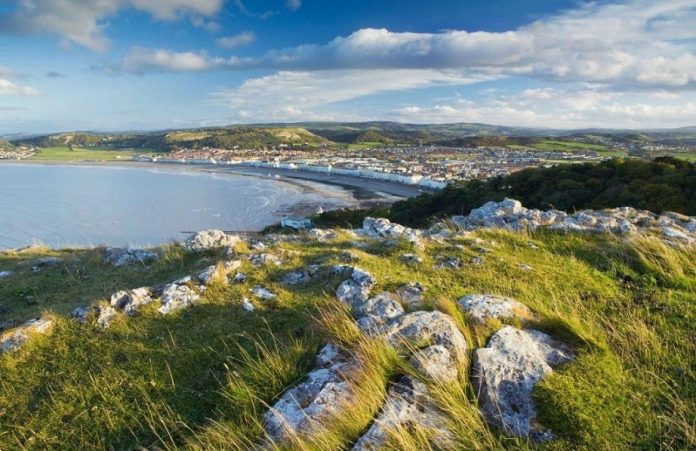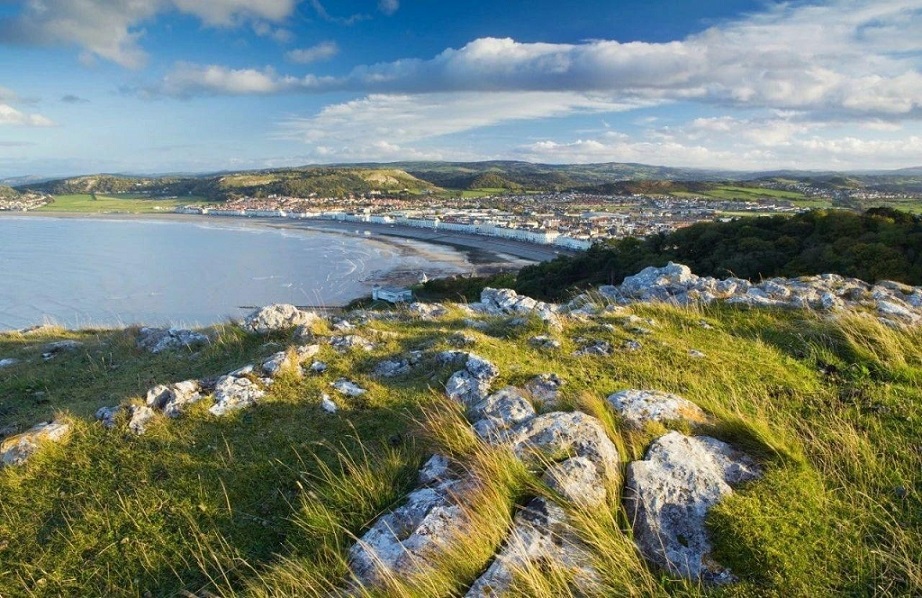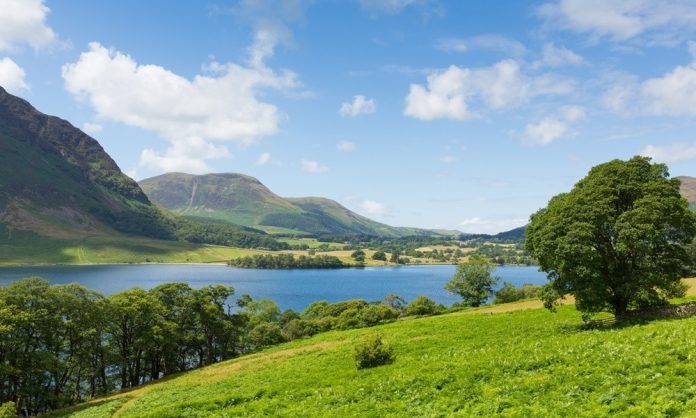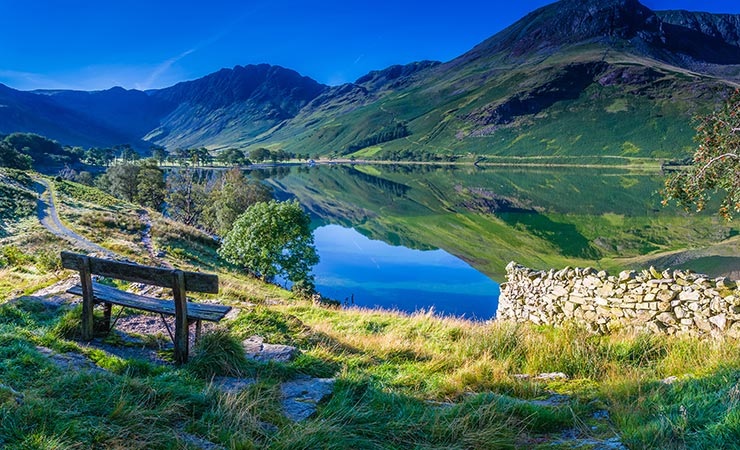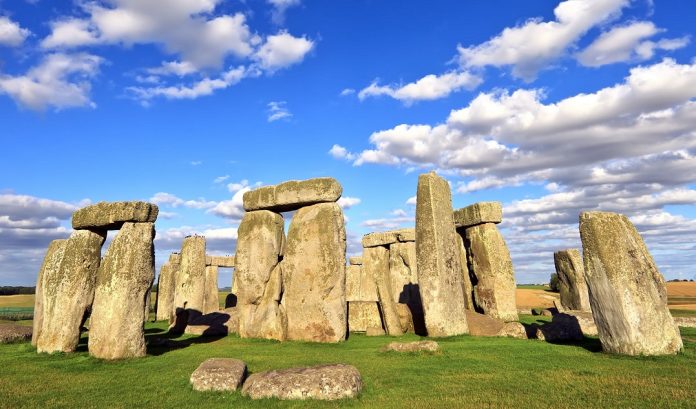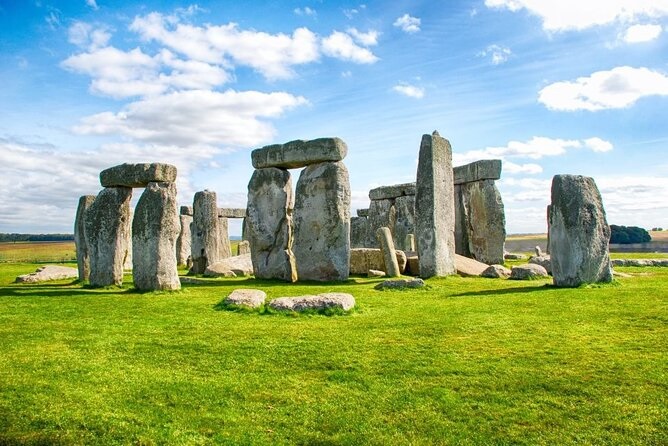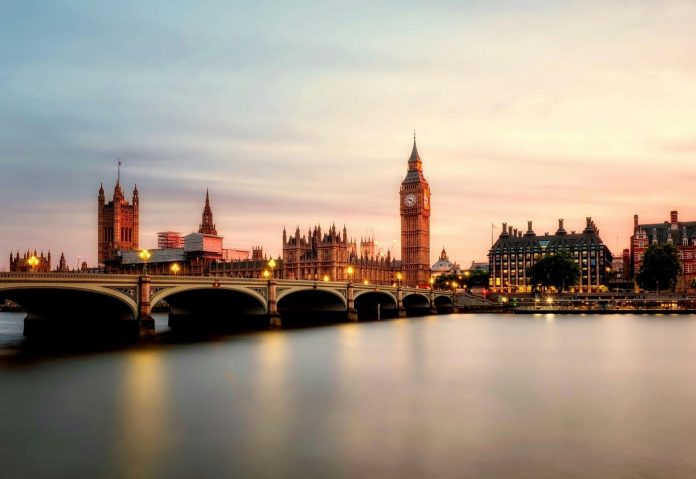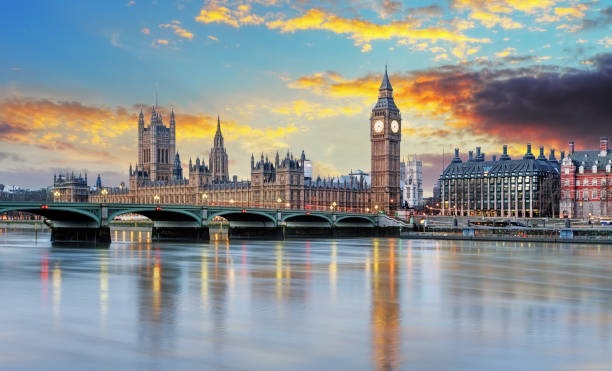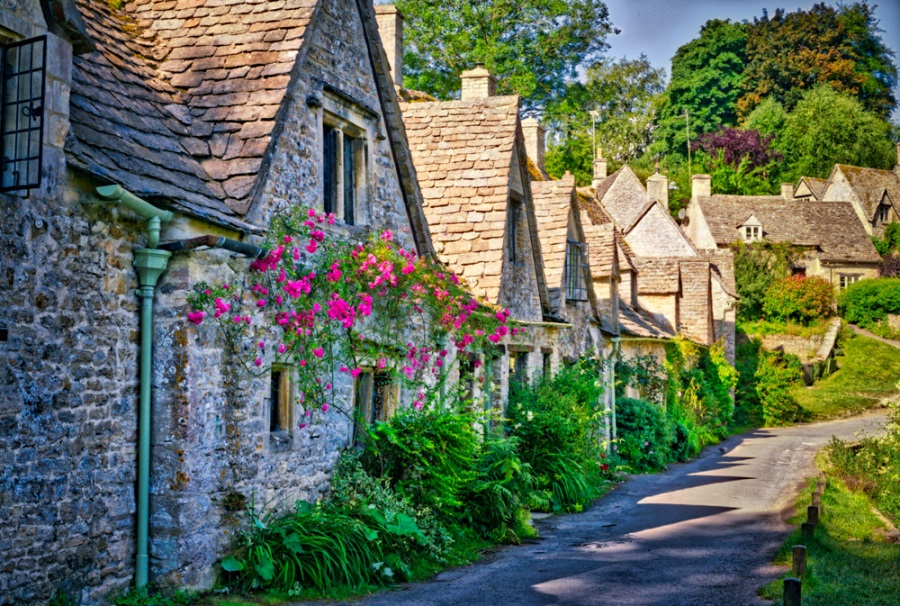
The Cotswolds: Lose Yourself in Honey-Hued Villages & Discover Quintessential English Country Charm
Forget mere postcards. The Cotswolds, a sprawling Area of Outstanding Natural Beauty (AONB) blanketing parts of six English counties, offers a living, breathing immersion into an England seemingly conjured from storybooks. It’s a realm where time softens its pace, where rolling hills meet valleys carved by ancient streams, and where villages, crafted from the very earth beneath them, glow with a distinctive, warm honey-hued charm. Prepare to truly lose yourself and discover quintessential English country charm in its purest, most captivating form.
The Heartbeat: Honey-Hued Stone
The soul of the Cotswolds lies in its geology. Jurassic limestone, quarried locally for centuries, is the region’s defining element. Over time, exposure to sun, rain, and wind imbues this stone with a spectrum of warm, luminous tones – creamy golds, rich ambers, soft butterscotch, and deep, rosy honeys. This isn’t just a building material; it’s the region’s DNA. It forms the honey-hued villages themselves:
- Cottages: Low-slung, often thatched or stone-tiled, with mullioned windows and climbing roses. Each one feels organic, as if it grew from the hillside.
- Manors & Churches: Grander structures like Snowshill Manor or the imposing churches in Northleach or Chipping Campden showcase the stone’s versatility and enduring grandeur.
- Dry Stone Walls: Miles upon miles of these intricate, mortar-free walls snake across the landscape, dividing fields and lining winding lanes – a testament to centuries-old craftsmanship and the stone’s abundance.
Iconic Villages: Where Charm Comes Alive
Wandering Cotswold villages feels like stepping onto a meticulously curated film set, yet it’s vibrantly real. Each possesses its own unique character:
- Bibury: Often called England’s prettiest village. Arlington Row, a line of impossibly picturesque 17th-century weavers’ cottages beside the River Coln, is the iconic image of the Cotswolds. The Swan Hotel and Bibury Trout Farm add to its serene appeal.
- Bourton-on-the-Water: The “Venice of the Cotswolds.” The tranquil River Windrush flows right through its center, crossed by elegant low stone bridges. Explore the Model Village (a 1/9th scale replica), the Motoring Museum, or simply enjoy an ice cream by the water.
- Stow-on-the-Wold: Perched high on the Cotswold escarpment, this historic market town boasts a vast, atmospheric market square surrounded by ancient inns (like The Porch House, claimed to be England’s oldest), antique shops, and galleries. Its imposing churchyard door, flanked by ancient yew trees, is legendary.
- Chipping Campden: A masterpiece of High Wool architecture. Its elegant, broad High Street is lined with magnificent terraced houses built by wealthy medieval wool merchants. Admire the imposing Market Hall and the Arts and Crafts legacy at Court Barn Museum. The start/finish point of the famous Cotswold Way walking trail.
- Castle Combe: Consistently topping “prettiest village” lists. Nestled in a wooded valley, its utterly unspoiled charm comes from its uniformity of honey-gold stone, the babbling Bybrook River, and the absence of modern intrusions like street lamps or overhead wires. The 14th-century Market Cross and St. Andrew’s Church are focal points.
- Lower Slaughter & Upper Slaughter: Twin villages epitomizing tranquil beauty. The River Eye flows gently through Lower Slaughter, passing the iconic Old Mill (now a museum and shop) and impossibly charming cottages. Upper Slaughter, a “slaughters” meaning “muddy place,” is equally peaceful and known for its Elizabethan manor house.
Beyond Stone: Quintessential Country Pursuits
The charm extends far beyond the architecture:
- Afternoon Tea Ritual: Indulge in the ultimate English tradition. Seek out cozy tearooms like The Huffkins chain, Lucy’s Tearoom in Stow, or The Old Bakery Tearoom in Castle Combe for finger sandwiches, warm scones with clotted cream and jam, delicate cakes, and a pot of fine tea.
- Pub Culture: The village pub is the social heart. Sink into a worn leather armchair by a crackling fire in historic inns like The Swan at Bibury, The Lygon Arms in Broadway, or The King’s Arms in Didmarton. Enjoy locally brewed ales (try Donnington or Cotswold Lion), hearty pub fare (think steak and ale pie, ploughman’s lunches), and warm hospitality.
- Gardens & Estates: The Cotswolds is a horticultural paradise. Lose yourself in the magnificent terraces and water features of Hidcote Manor Garden (National Trust), the rare plants and vistas of Kiftsgate Court Gardens, the grandeur of Blenheim Palace (just outside the AONB but essential), or the intimate charm of Barnsley House Garden.
- Walking Paradise: The best way to absorb the essence. Traverse the Cotswold Way National Trail (102 miles from Chipping Campden to Bath), or enjoy countless shorter circular walks through rolling fields, ancient woodlands (like Westonbirt Arboretum), and alongside rivers, discovering hidden hamlets and breathtaking viewpoints.
- Market Towns: Explore bustling hubs like Cirencester (“Capital of the Cotswolds”) with its Roman heritage and impressive church, Tetbury renowned for antiques and Highgrove (the Prince of Wales’ residence nearby), or Moreton-in-Marsh with its vibrant Tuesday market.
The Undefinable Charm: A Feeling
Ultimately, the quintessential English country charm of the Cotswolds is an atmosphere, a feeling:
- Tranquility: The gentle pace, the birdsong, the rustle of leaves, the murmur of streams.
- Timelessness: A landscape and architecture shaped over centuries, feeling both ancient and enduringly relevant.
- Connection to Nature: Rolling hills, wildflower meadows, ancient woodlands, and clear streams are never far away.
- Craftsmanship: Evident in the stone walls, the thatched roofs, the locally produced food and drink, and the thriving artisan community.
- Understated Elegance: Beauty without ostentation; charm found in simplicity and authenticity.
Lose Yourself, Find Enchantment
To visit the Cotswolds is to surrender to its gentle rhythm. Wander aimlessly down narrow lanes bordered by those iconic walls. Pause on a bridge to watch ducks glide by. Savor the warmth of the stone glowing in the afternoon sun. Listen to the chime of a village church clock. Indulge in simple, perfect pleasures. It’s a place designed for getting delightfully lost – lost in the beauty of the honey-hued villages, lost in the serenity of the landscape, and utterly found in the embrace of its quintessential English country charm. Prepare to be captivated, soothed, and enchanted. The Cotswolds isn’t just a destination; it’s an experience that lingers long after you leave its golden embrace.




















